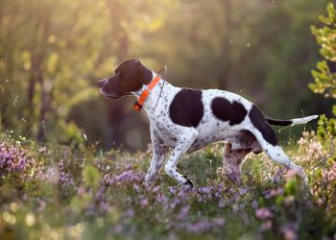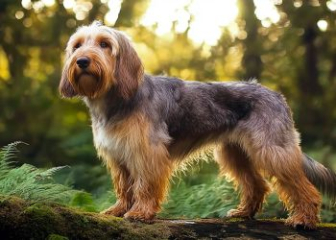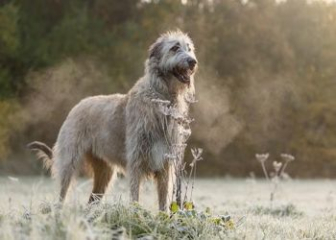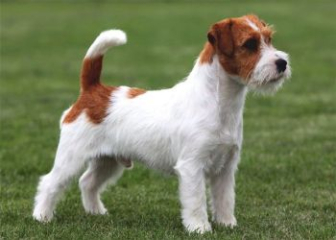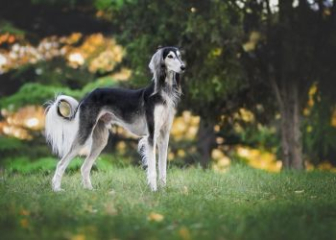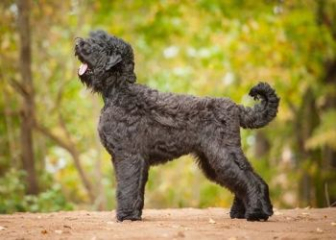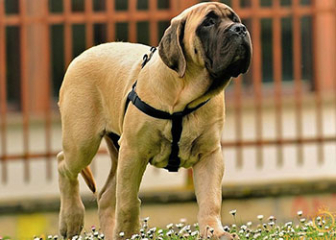Maltese Dog (Malta) – A Small, Noble, and Luxurious Breed
Blog | by
The Maltese dog, a toy breed from the Mediterranean, has a petite body weighing between 2 to 4 kg, with long, silky, pure white fur and an incredibly elegant appearance.
Also known as the Malta Dog or Mal, this ancient companion breed originates from the island of Malta in the Mediterranean Sea. With its graceful looks and pristine white coat, the Maltese was once adored by European aristocrats.
If you're eager to learn more about this beautiful and refined Dog breed, don't miss out on the details below!
Where Does the Maltese Dog Come From?
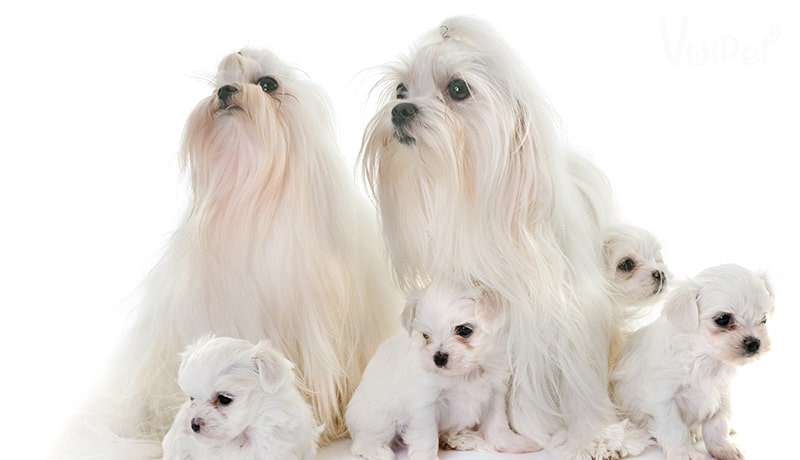
Maltese Dog Family – A Luxurious Toy Breed from the Mediterranean
The Maltese dog is one of the oldest dog breeds in the world, dating back over 2,000 years to ancient Egypt. The breed's name, Maltese, comes from the island of Malta, located in the Mediterranean Sea, between Italy and North Africa.
In Greek and Roman civilizations, Maltese dogs were cherished pets of wealthy families.
By the 16th century, the Maltese had become one of the most beloved royal pets in European courts, particularly in France and England.
In the 19th century, the breed was introduced to America, and in 1888, the American Kennel Club (AKC) officially recognized the Maltese as a distinct breed.
Today, thanks to its small, adorable, and elegant appearance, the Maltese has been bred worldwide and is a popular companion dog in many households.
The Elegant Appearance of the Maltese Dog
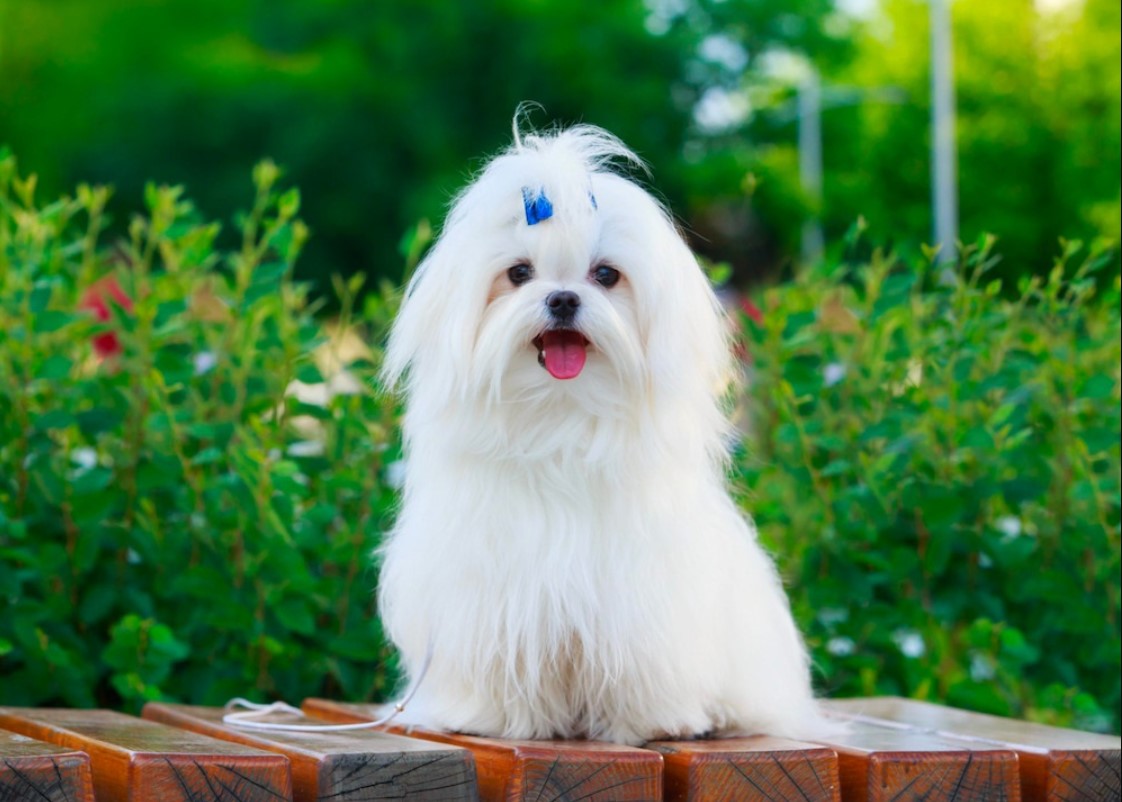
The Maltese Dog’s Luxurious, Pure White Coat
The Maltese is considered an elegant toy breed due to its unique appearance, featuring a small, delicate body and a long, silky white coat. Let’s take a closer look at its physical characteristics:
- Height: 20 - 25 cm (measured from paw to shoulder)
- Weight: 2 - 4 kg
- Coat: Single-layer, long, soft, and silky, falling evenly on both sides. The coat is primarily pure white, though some may have a slight cream tint on the ears.
- Head: Small and well-proportioned
- Eyes: Large, round, black or dark brown
- Ears: Long and drooping on both sides of the face
- Legs: Small and short but sturdy
- Gait: Light, graceful, and elegant
- Tail: Long, gently curved over the back
Maltese Dog Behavior and Temperament
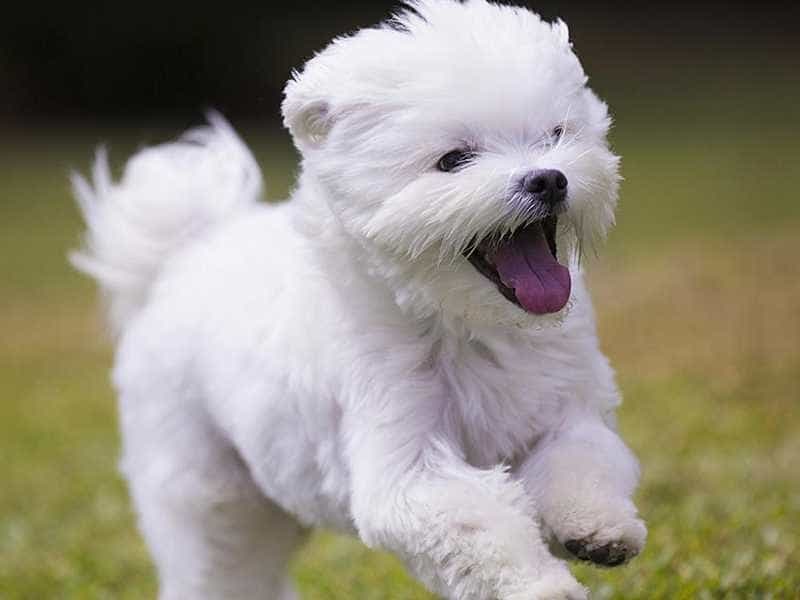
Maltese Puppy Joyfully Running Around
The Maltese is a beloved toy breed, especially among royalty and aristocrats, not only for its distinctive appearance but also for its affectionate, intelligent, and devoted nature.
Affectionate and Loyal
Maltese dogs are extremely friendly and love playing with people, especially children. They enjoy being close to their owners, craving cuddles and attention. Due to their pampered nature, they may develop Small Dog Syndrome, where they believe they are the boss.
Intelligent and Obedient
The Maltese is a quick learner, able to understand most basic commands like sit, lie down, shake hands, and roll over. They also love praise and attention, making them eager to please. Additionally, they excel in games like fetch and agility tricks.
Brave and Fearless
Despite their small size, Maltese dogs are bold and courageous. When facing larger breeds, they do not show fear and often stand their ground with a strong spirit.
Energetic and Playful
Contrary to their luxurious appearance, Maltese dogs love running and playing. They enjoy toys like soft balls and chew bones. However, they don’t require excessive exercise—just 15 to 30 minutes of outdoor activity daily is enough.
Detailed Maltese Care Guide
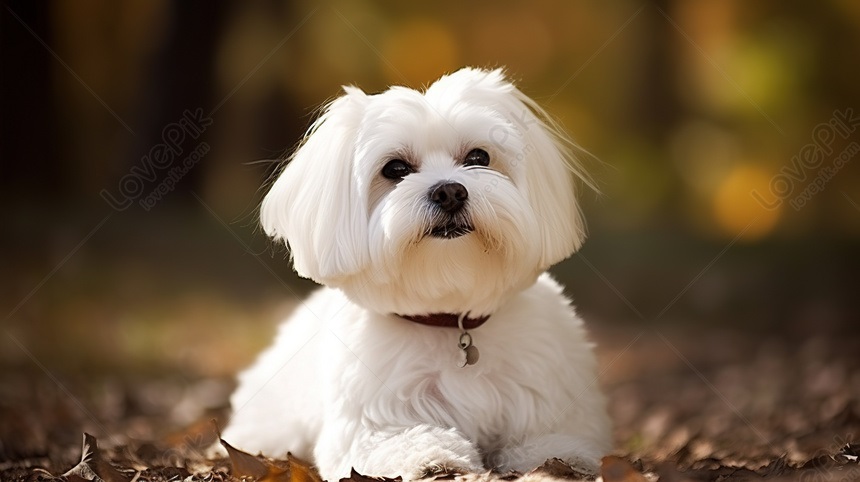
Maltese Dogs Require Thorough Coat Care
Maltese dogs are high-maintenance pets, particularly in terms of diet and coat care. If you are unsure how to care for this delicate breed, follow this detailed guide.
Proper Nutrition for a Maltese
Maltese dogs can be picky eaters, so choosing the right food is crucial:
- For dry kibble: Choose high-quality brands with clear origins and rich nutritional value.
- For fresh food: Ensure a balanced diet with:
- 40-50% protein (meat, fish)
- 10% fat
- 30-40% carbohydrates (rice, sweet potatoes)
- Additional vegetables, calcium supplements
- Avoid harmful foods like chocolate, onions, garlic, grapes, greasy foods, and hard bones.
- Feeding schedule:
- Puppies under 6 months: 4-5 meals/day
- Adults: 2-3 meals/day
Regular Coat Maintenance
Maltese dogs have long, silky white fur that requires daily care to prevent matting and excessive shedding:
- Brush their coat daily using a specialized comb.
- Bathe them 1-2 times per month to remove dirt.
- Dry their fur thoroughly after bathing and brush again.
- Trim their fur every 1.5-2 months to maintain cleanliness.
Hygiene & Grooming
Apart from coat care, dental, ear, nail, and eye hygiene are essential:
- Brush teeth 2-3 times per week with a dog toothbrush.
- Provide chew toys to help clean teeth naturally.
- Clean ears weekly and check for infections.
- Trim nails 2-3 times per month to prevent injury.
- Wipe their eyes daily to remove tear stains.
Vaccinations & Regular Checkups
To ensure your Maltese stays healthy, follow these steps:
- Administer core vaccines (rabies, distemper, leptospirosis) from an early age.
- Deworm every 2-3 months for digestive health.
- Use flea and tick prevention treatments.
- Schedule vet checkups twice a year for early disease detection.
Ideal Living Space
Maltese dogs adapt well to apartments due to their small size. However, they still need a cozy space like a soft bed or small kennel for comfort.
⚠️ Not Suitable for Busy Owners: Maltese dogs crave attention and can experience separation anxiety if left alone for too long.
Common Health Issues in Maltese Dogs
| Disease | Cause | Symptoms | Prevention & Treatment |
|---|---|---|---|
| Eye Problems (excessive tearing, corneal inflammation, cataracts) | Long fur rubbing against eyes, infections, aging | Frequent eye rubbing, watery eyes, impaired vision | Clean eyes daily, trim fur around eyes, provide vitamin A-rich food |
| Hypoglycemia (low blood sugar) | Skipping meals, poor diet | Shaking, weakness, stumbling, fainting | Feed regularly, divide meals into 3-4 portions/day, give honey water if fainting, seek vet care |
| Joint & Bone Disorders | Small bone structure, calcium deficiency | Limping, holding one leg up, difficulty walking | Avoid high jumps, supplement with calcium, engage in light exercise |
| Skin Issues (dermatitis, allergies, fungal infections) | Allergies, dirt, parasites, improper hygiene | Itching, scratching, hair loss in patches | Bathe 1-2 times/month, use flea prevention, inspect fur regularly |
Maltese Dog Pricing & Buying Tips
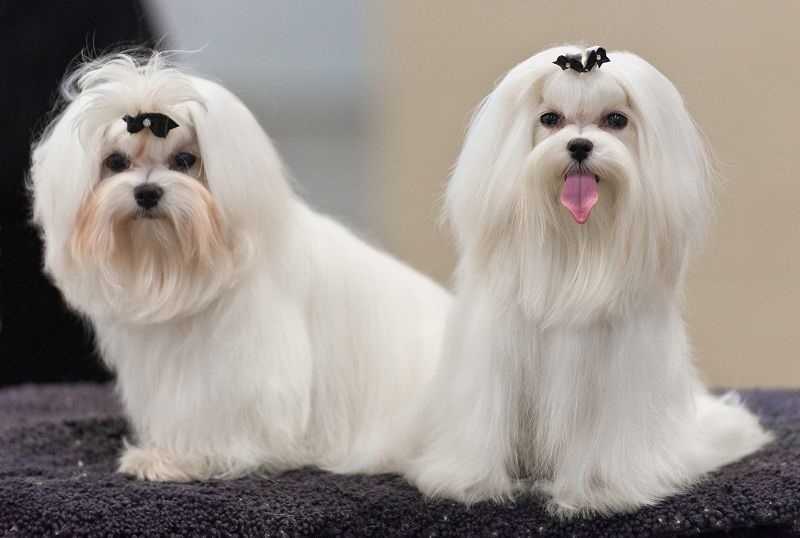
Maltese Dog Prices Range from 6 to Over 50 Million VND
Maltese dogs are becoming increasingly popular in Vietnam due to their luxurious appearance. If you’re wondering, "How much does a Maltese cost?", "Are Maltese dogs expensive?", or "What should I consider when buying a Maltese?", check out the detailed information below.
Maltese Dog Price List in Vietnam
The price of a Maltese depends on origin, gender, and age, as detailed below:
| Origin | Price (Million VND) | Characteristics |
|---|---|---|
| Vietnam-born Maltese | 6 - 7 million | No pedigree papers, uncertain purity and quality |
| Imported from Thailand | 10 - 15 million | Fully documented, purebred, healthy |
| Imported from Europe | Over 50 million | High-purity pedigree with full papers |
Things to Consider When Buying a Maltese
To ensure you get a quality Maltese at a reasonable price, keep these tips in mind:
✅ Check the dog’s origin & paperwork: Make sure they have pedigree certificates, vaccination records, and health checkups.
✅ Inspect overall health: Look at the eyes, nose, skin, fur, and observe their behavior and movement.
✅ Choose a reputable seller: Avoid cheap online offers (500K - 1 million VND), as these are often mixed-breed Maltese with uncertain origins.
Maltese Dog Q&A
What Do Maltese Dogs Eat?
- 1 - 2 months old: Mother’s milk, porridge, pureed food, and soft kibble (4 meals/day).
- 3 - 6 months old: Soft solid food, kibble, fish, vegetables (2 - 3 meals/day).
- 6+ months old: Increased portions with more protein (meat, fish), calcium, and vegetables.
How Long Do Maltese Dogs Live?
Maltese dogs have a relatively long lifespan of 12 - 15 years.
Do Maltese Dogs Shed?
Good news—they don’t! Despite their long, thick fur, Maltese dogs rarely shed.
Is There a Maltese-Poodle Mix?
Yes! A Maltese mixed with a Poodle is called a Maltipoo. However, it inherits more Poodle traits, including a curly coat.
Beautiful Maltese Dog Images
If you adore this elegant breed, enjoy the stunning Maltese dog photos we’ve compiled below!
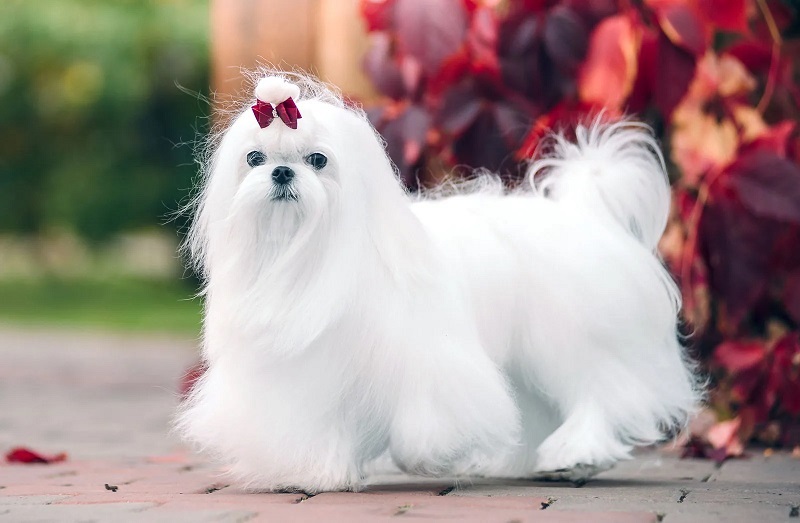
Beautiful Maltese Dog Pictures
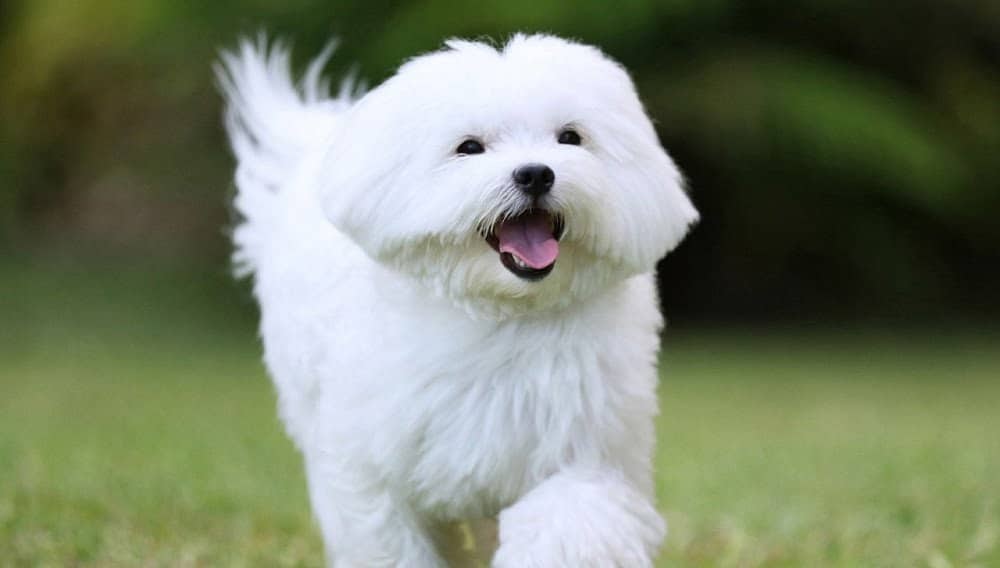
Cute Maltese Dog Pictures
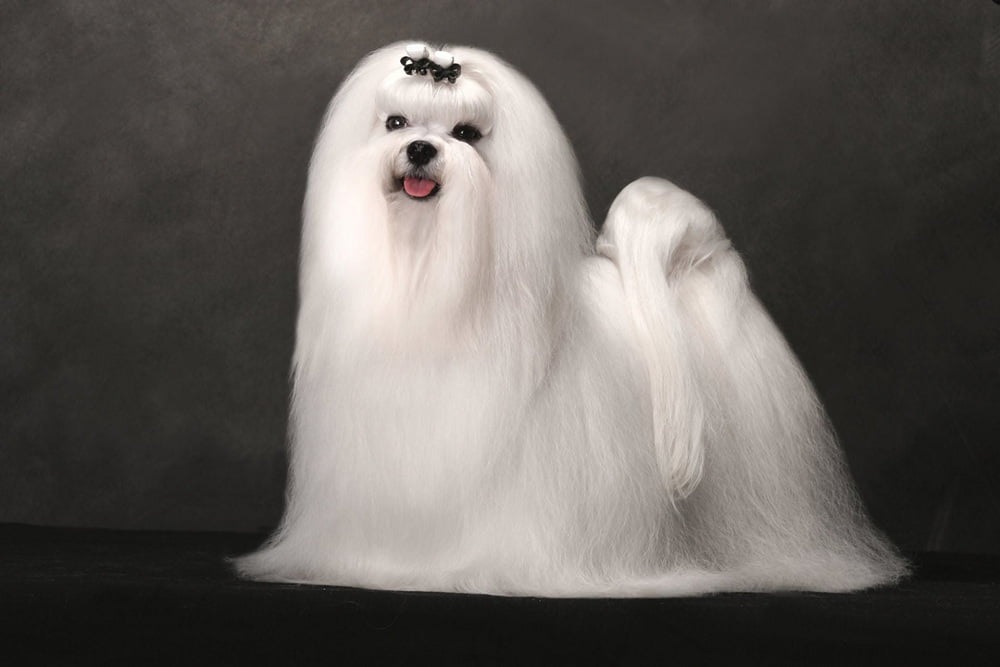
Cool Maltese Dog Pictures.
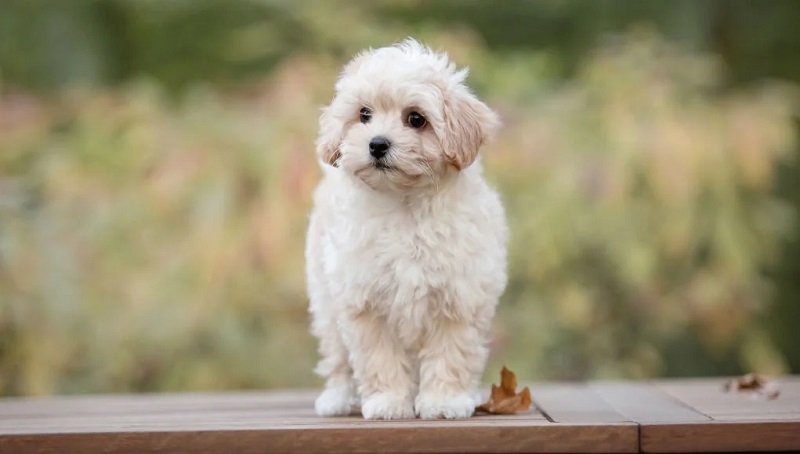
Photo of a Maltese-Poodle mix, Maltipoo, with an extremely adorable appearance.
Through this article, giongcho.org has shared a lot of interesting information about the Maltese, a luxury-looking companion dog. If you're looking to adopt a small dog with a long, pure white coat, the Maltese is a great choice!
Stay tuned for more articles in our Blog section to explore different dog breeds!

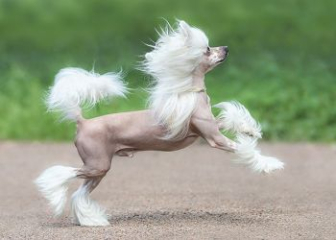
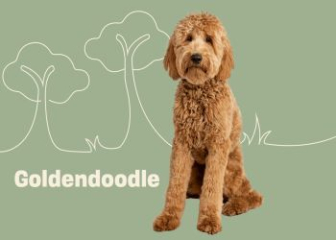
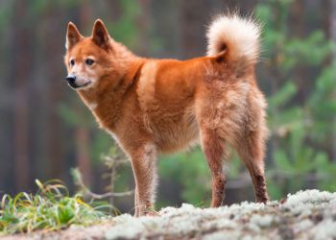

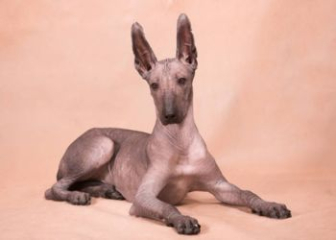
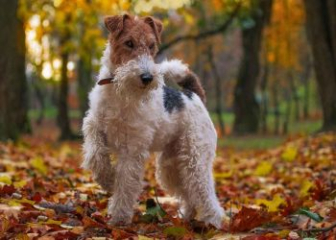


_350x250.jpg)

